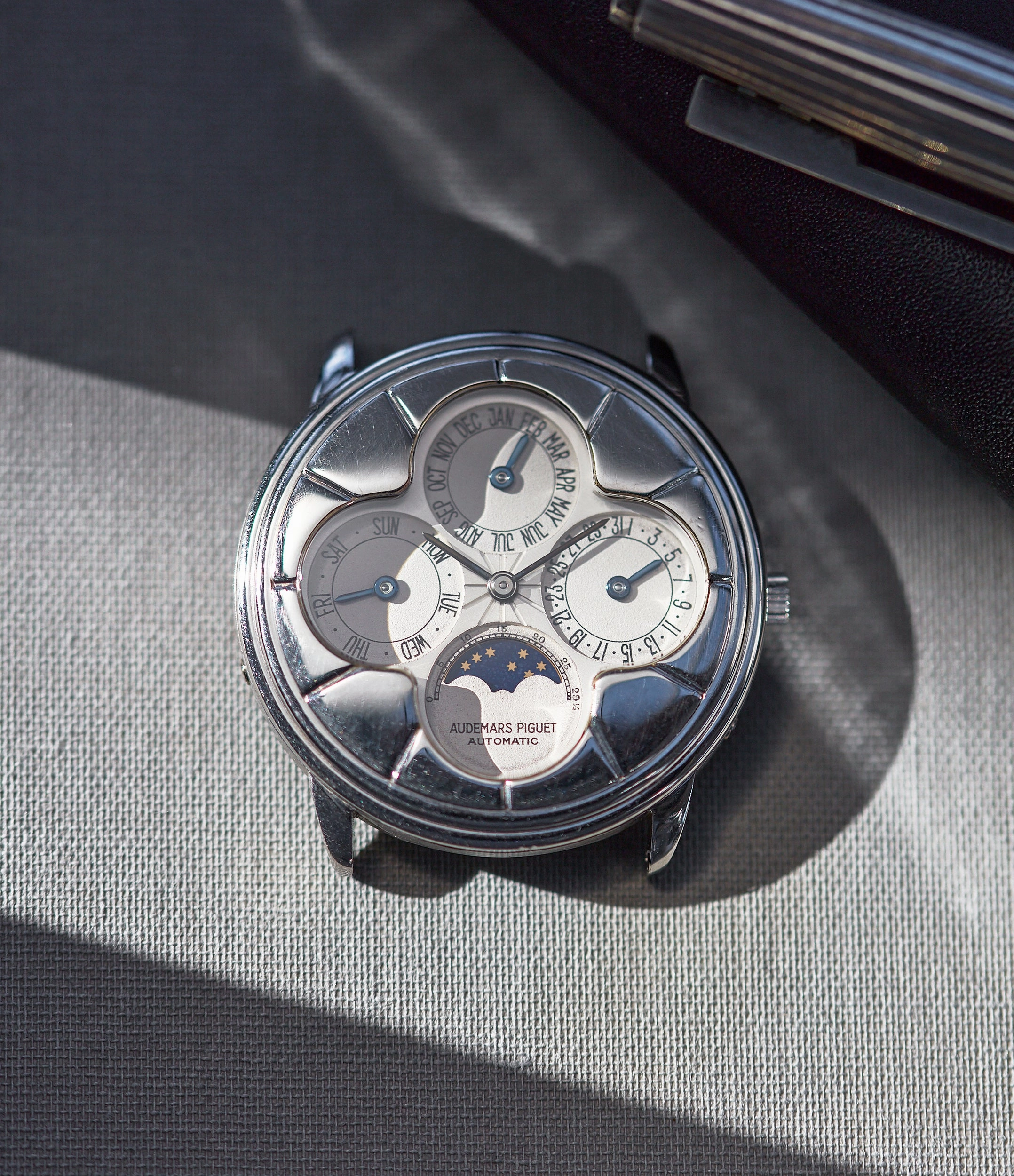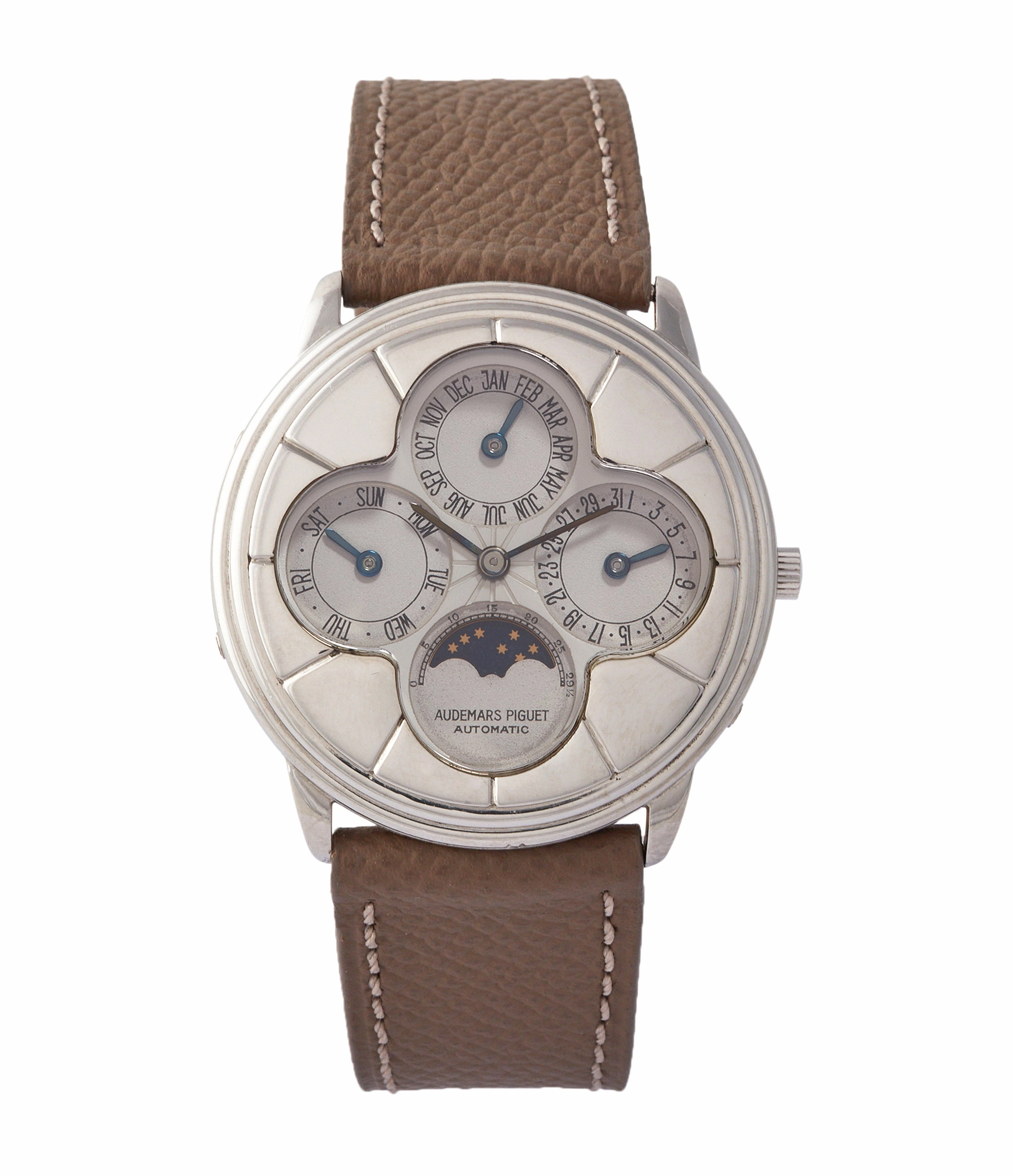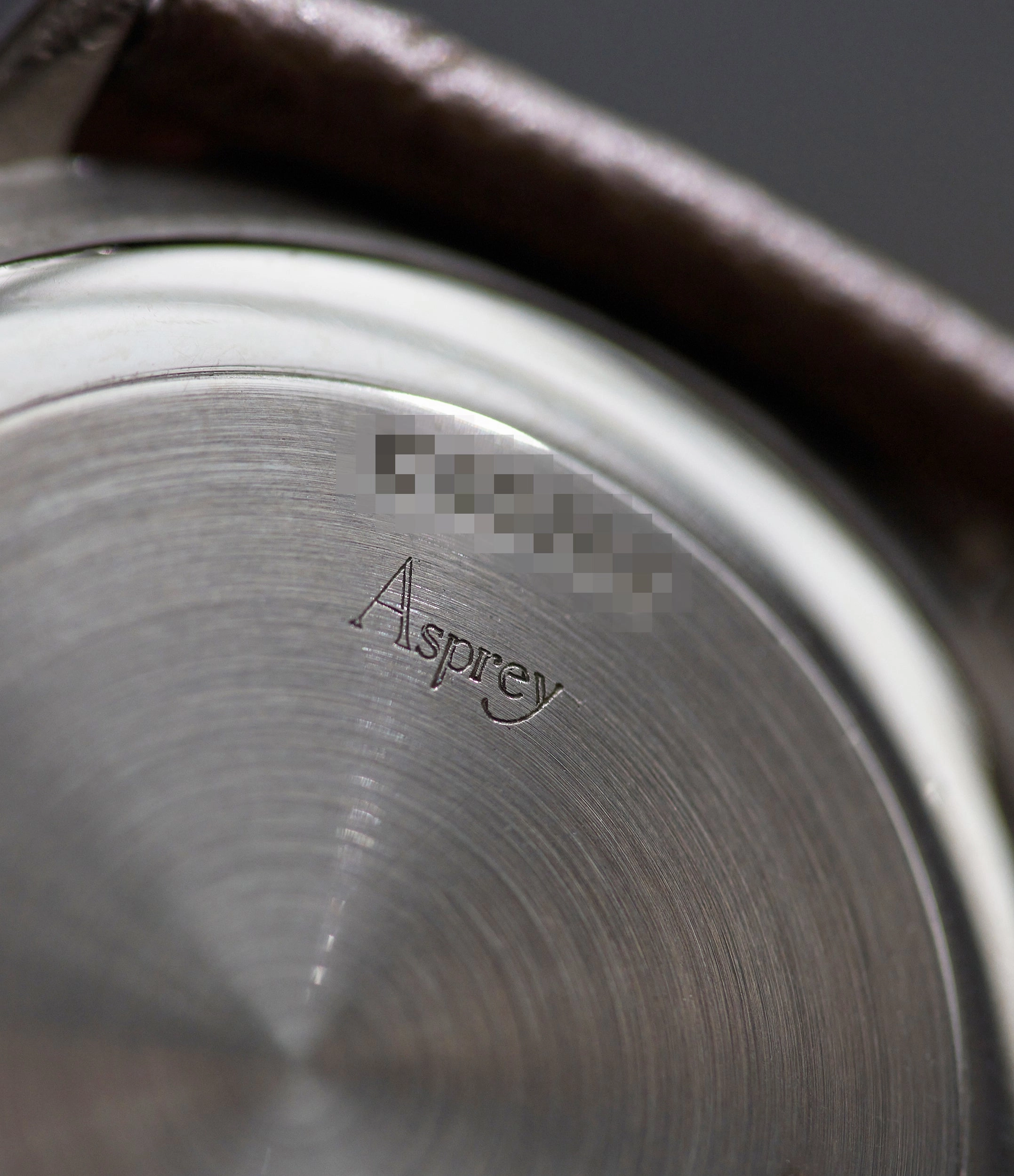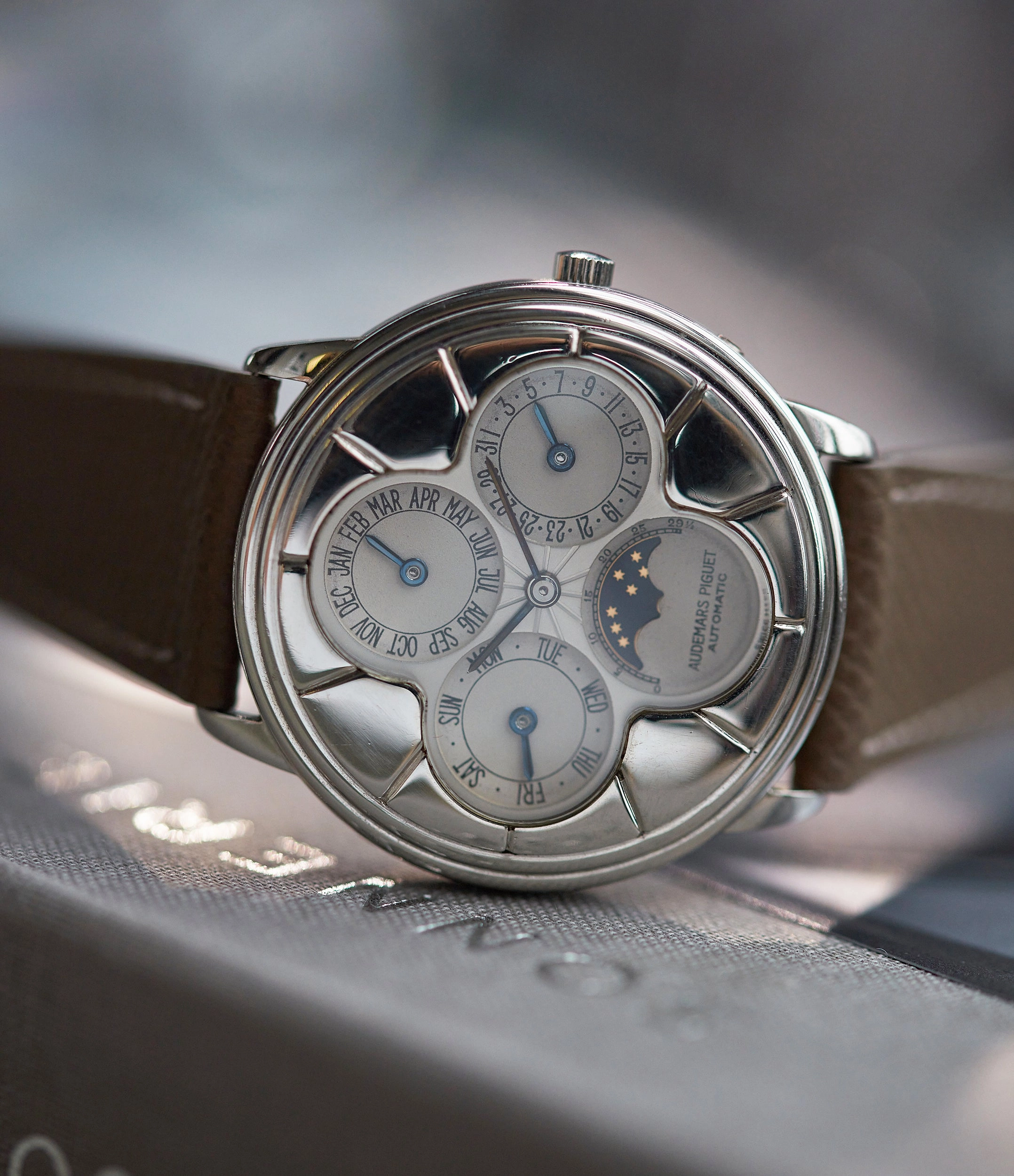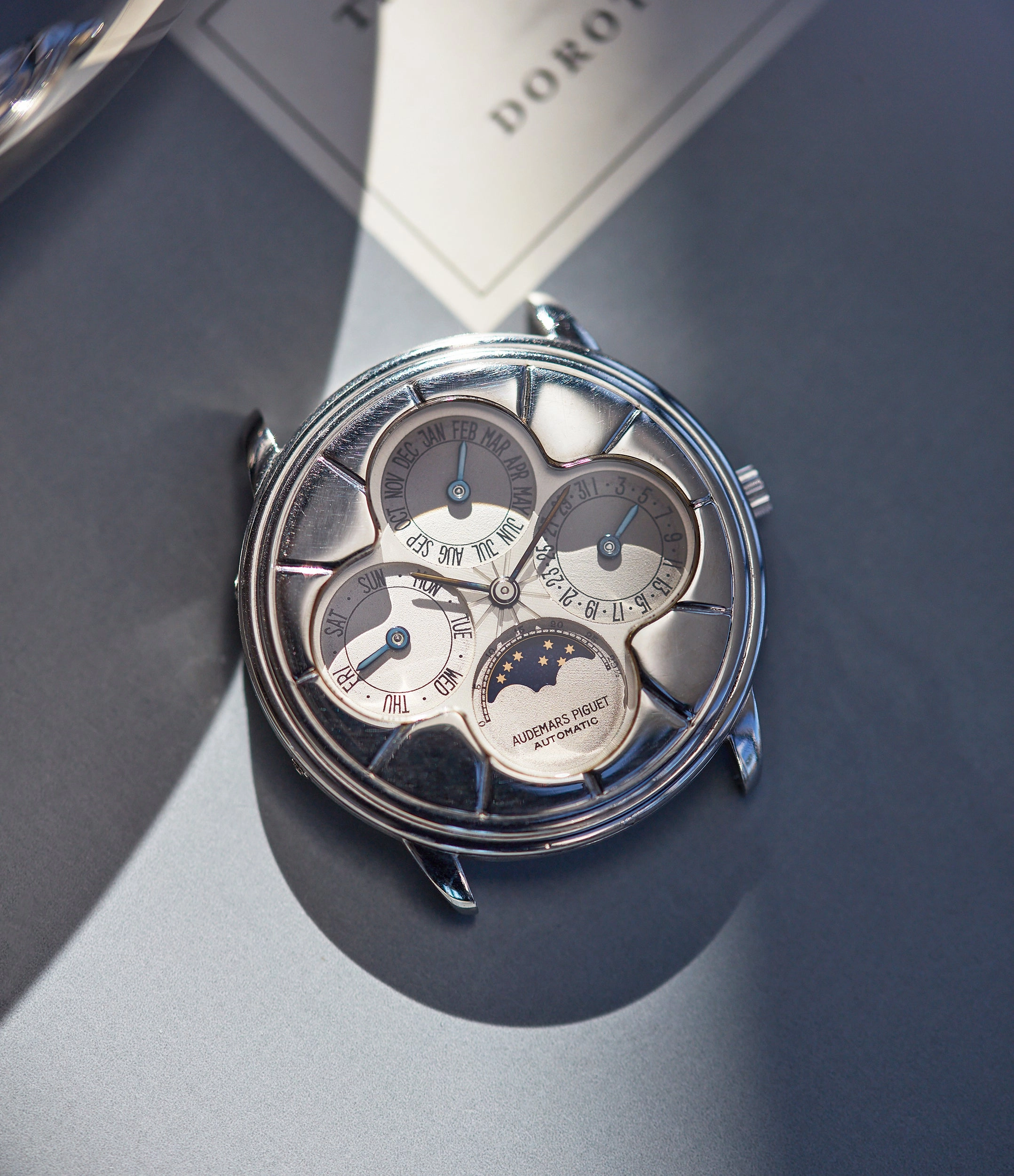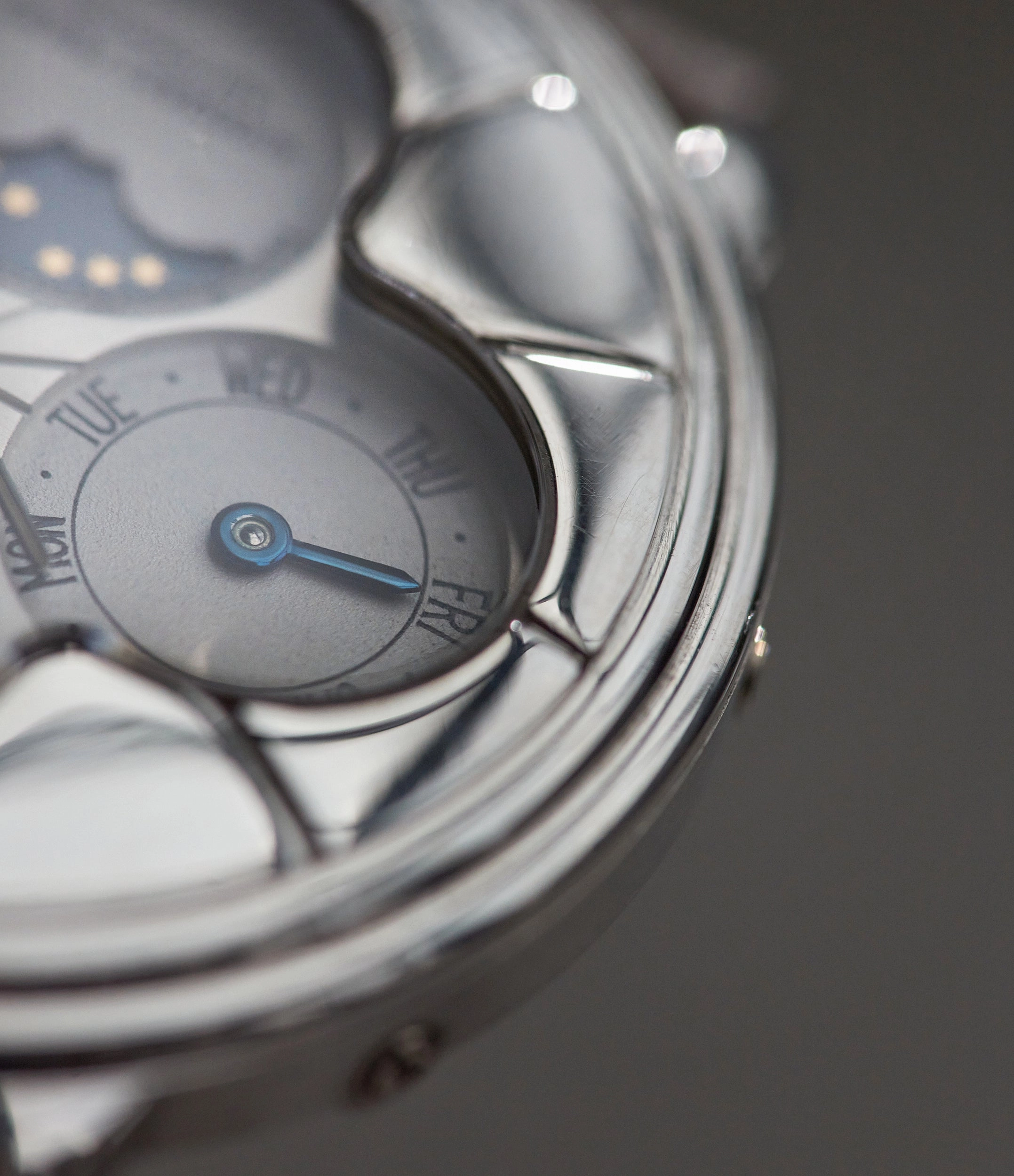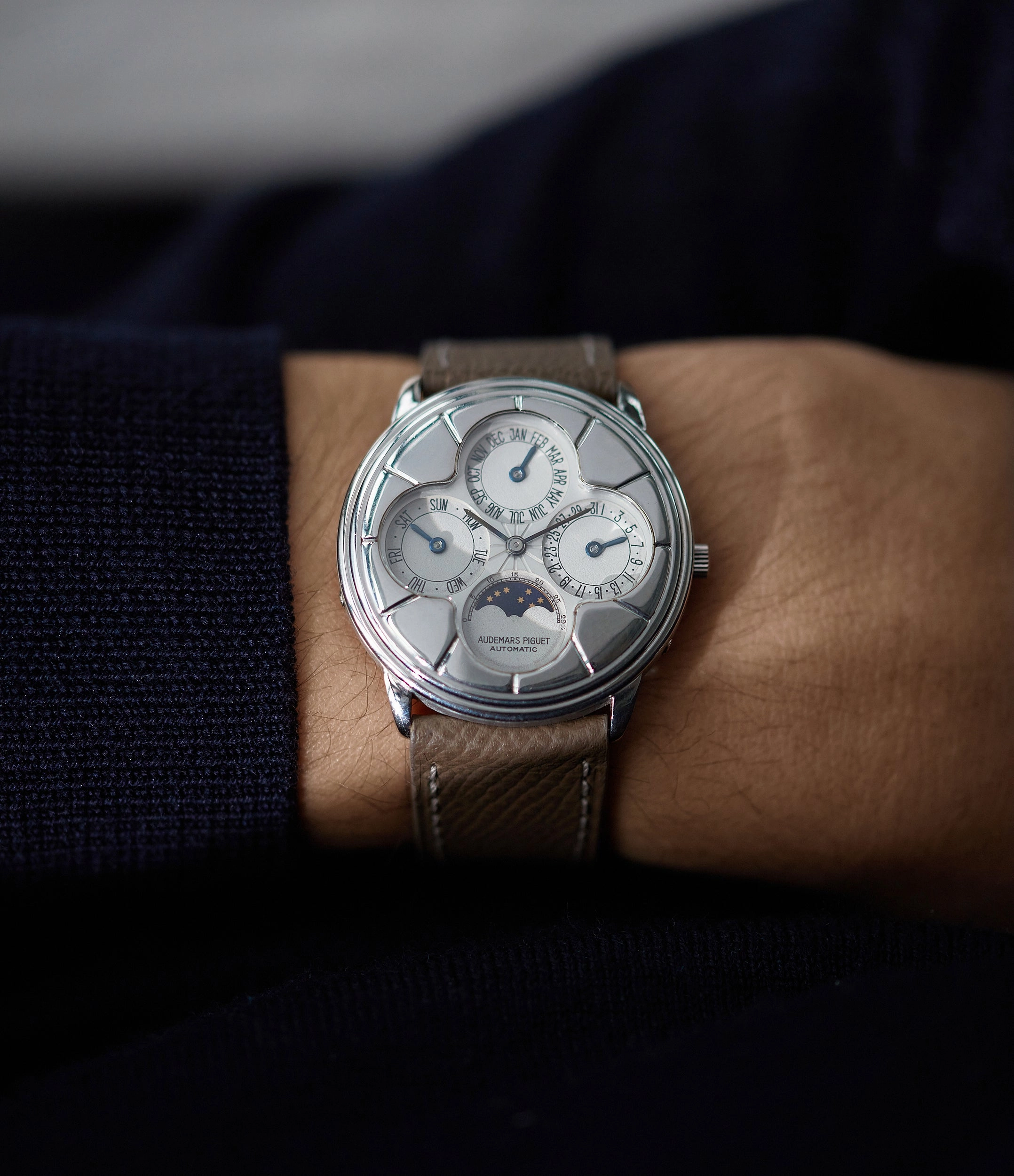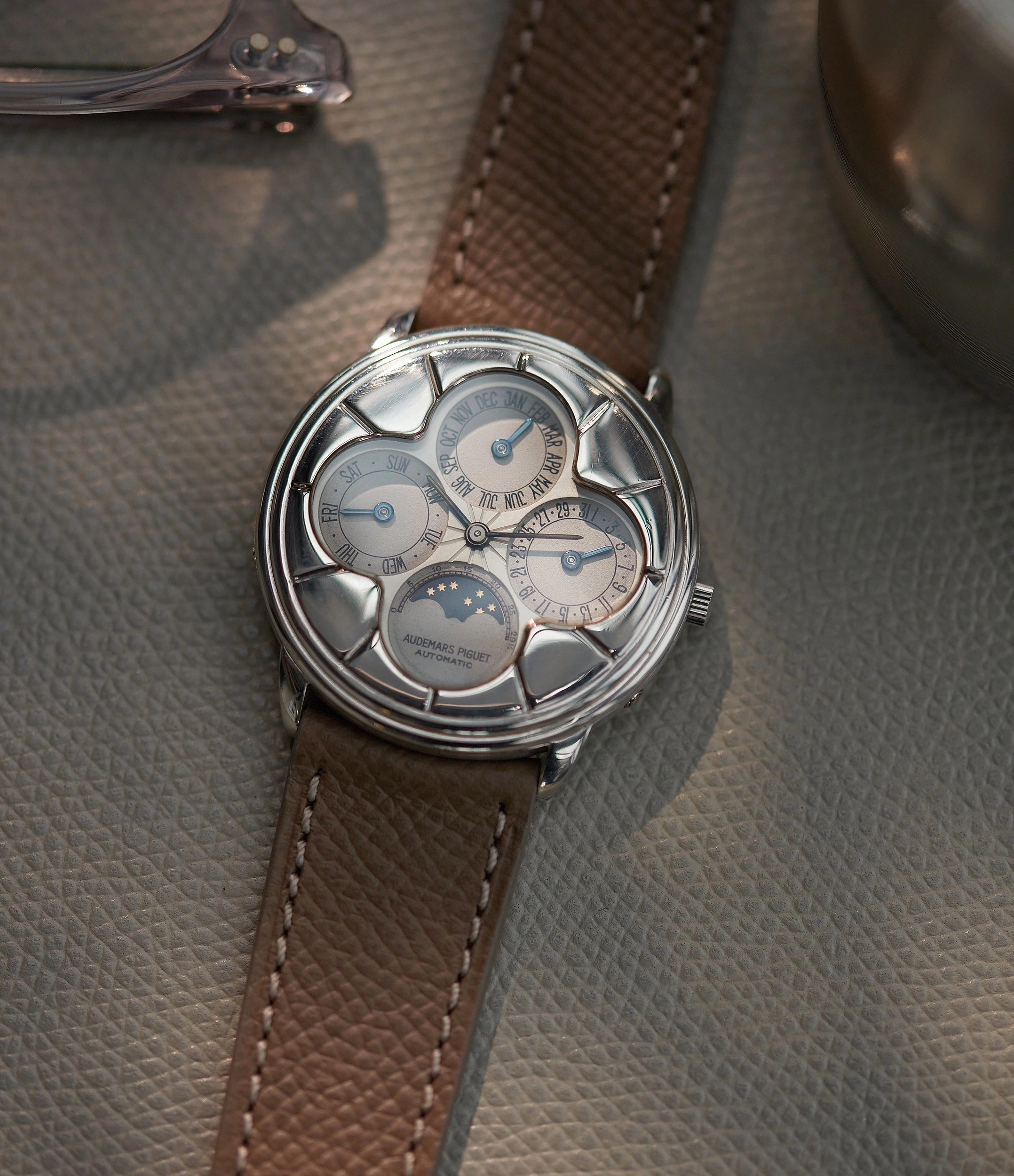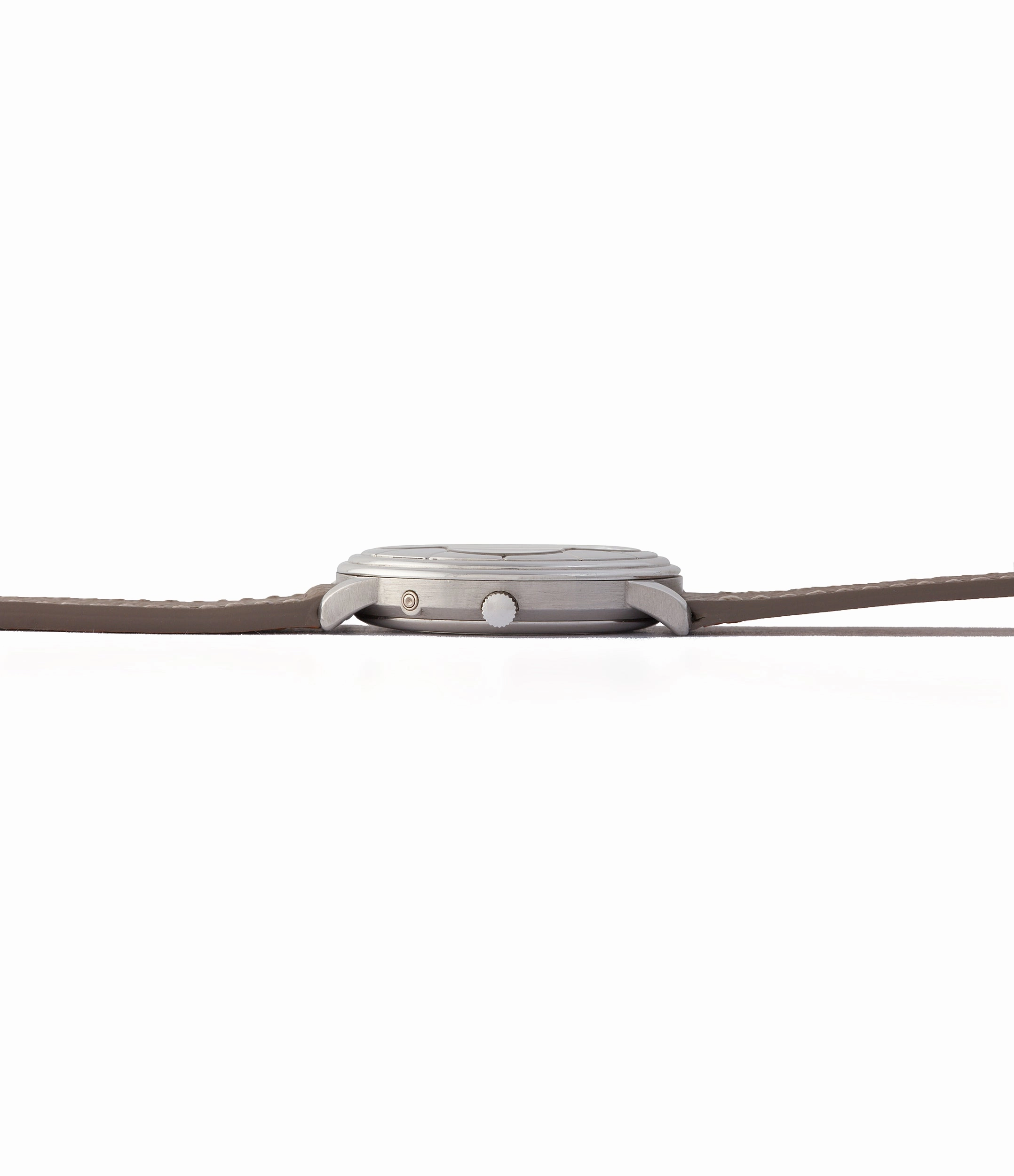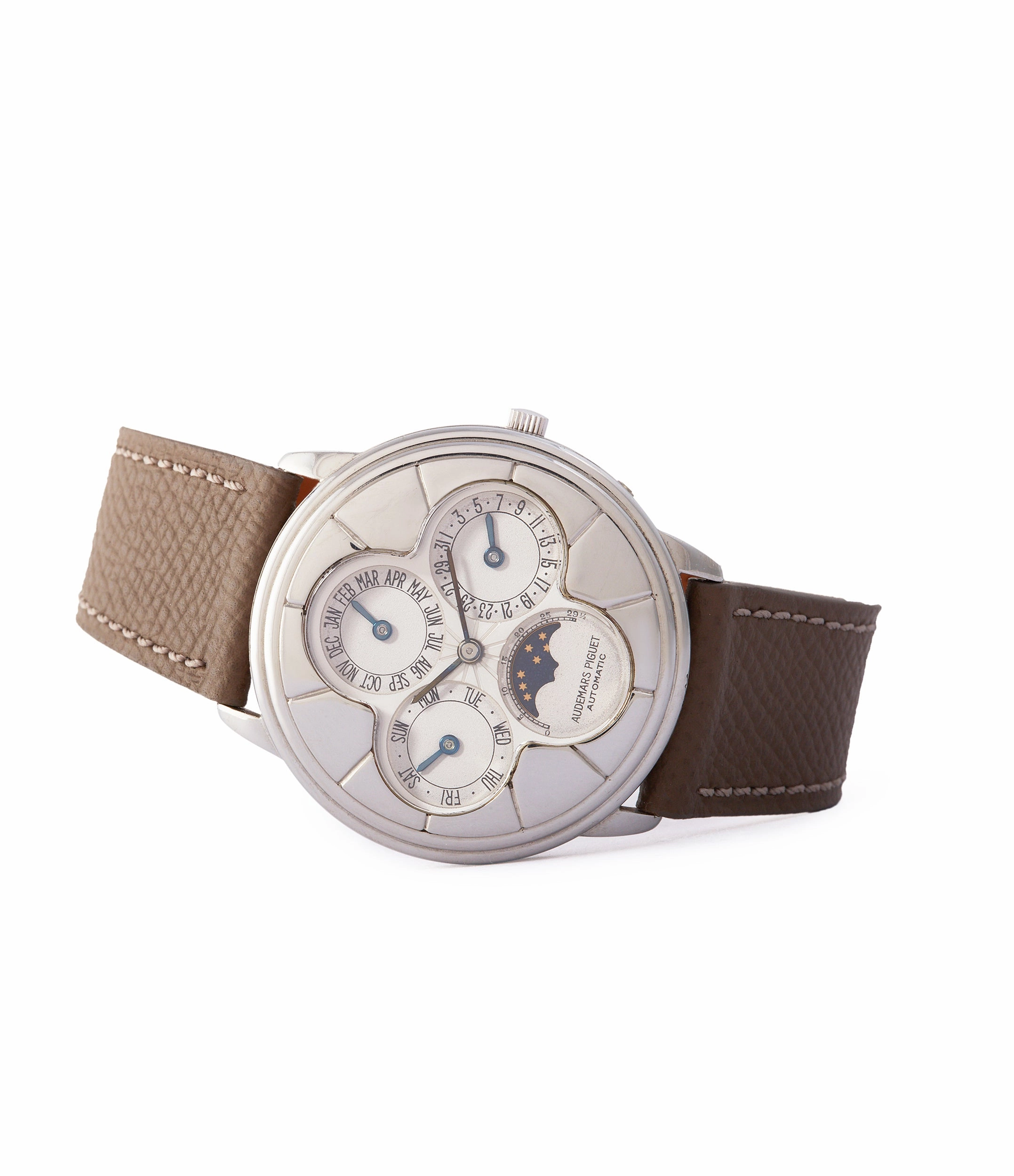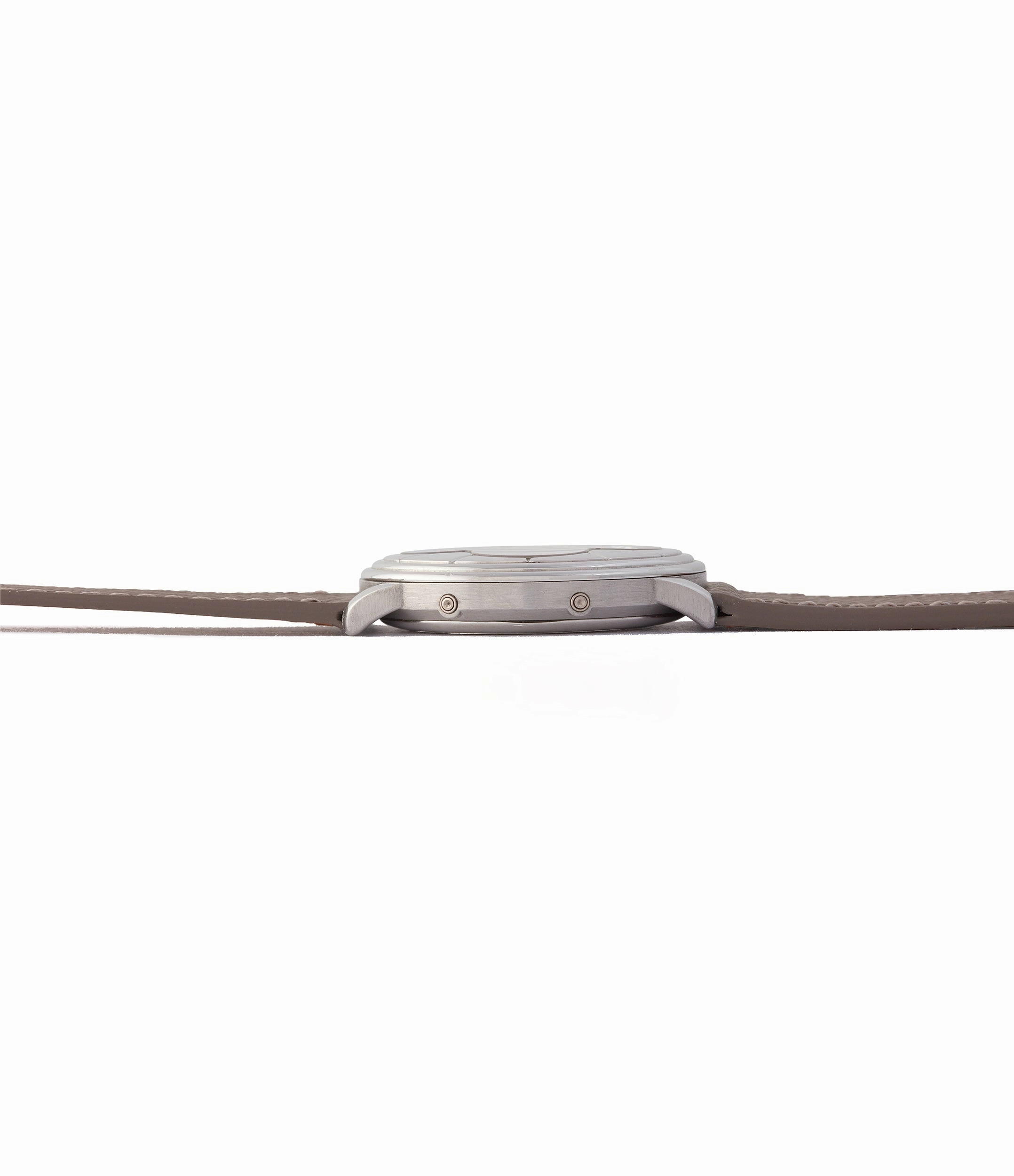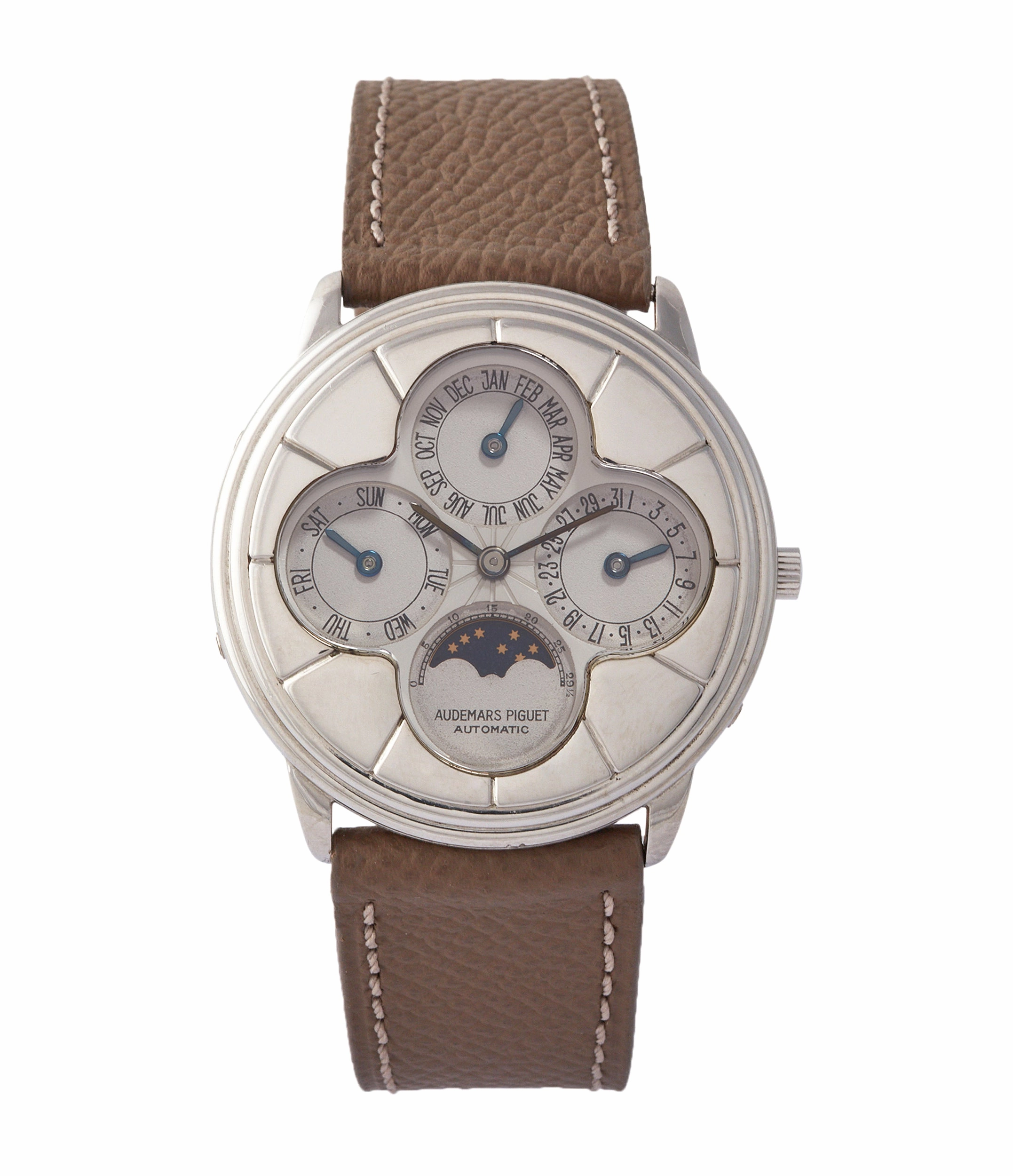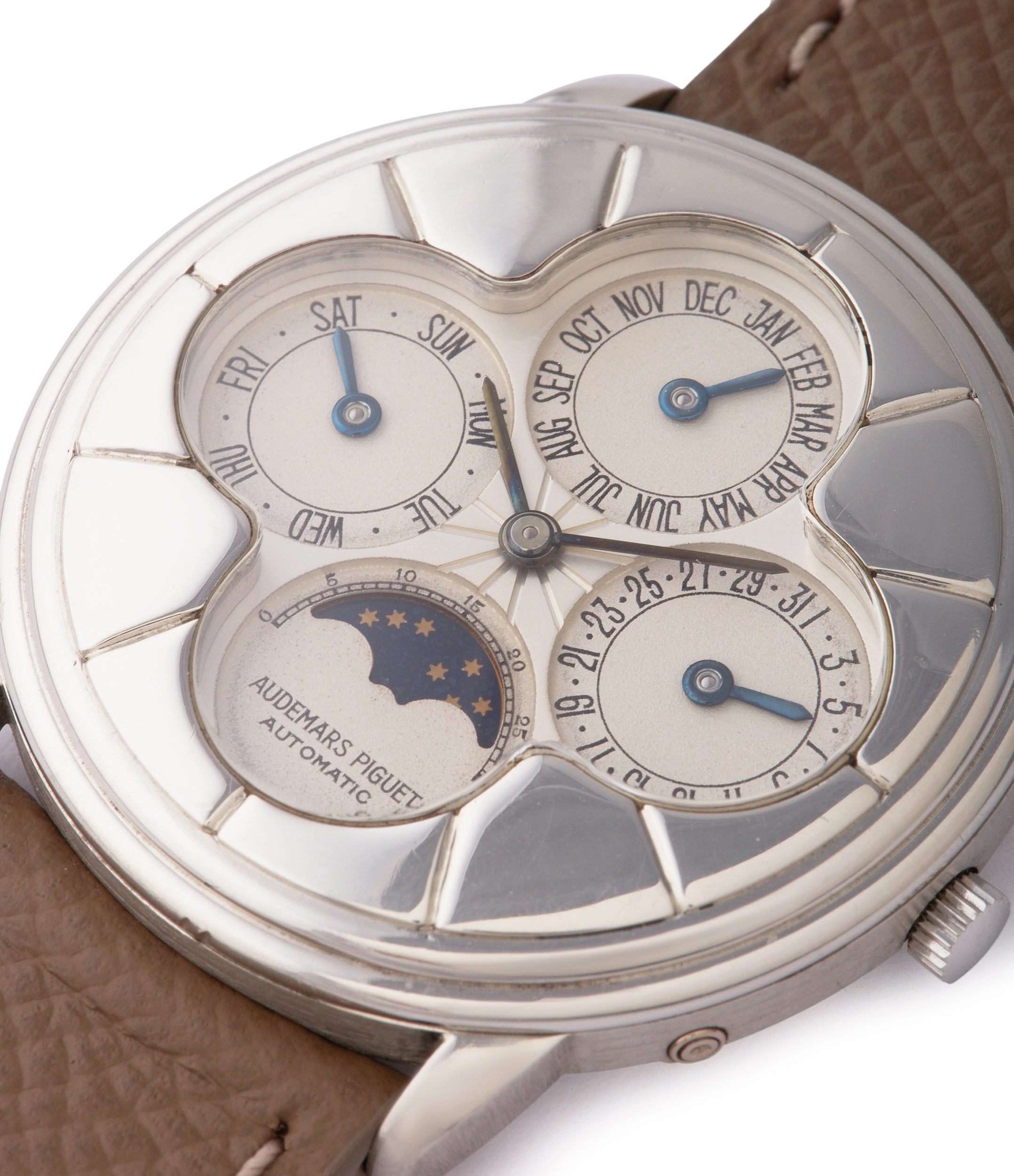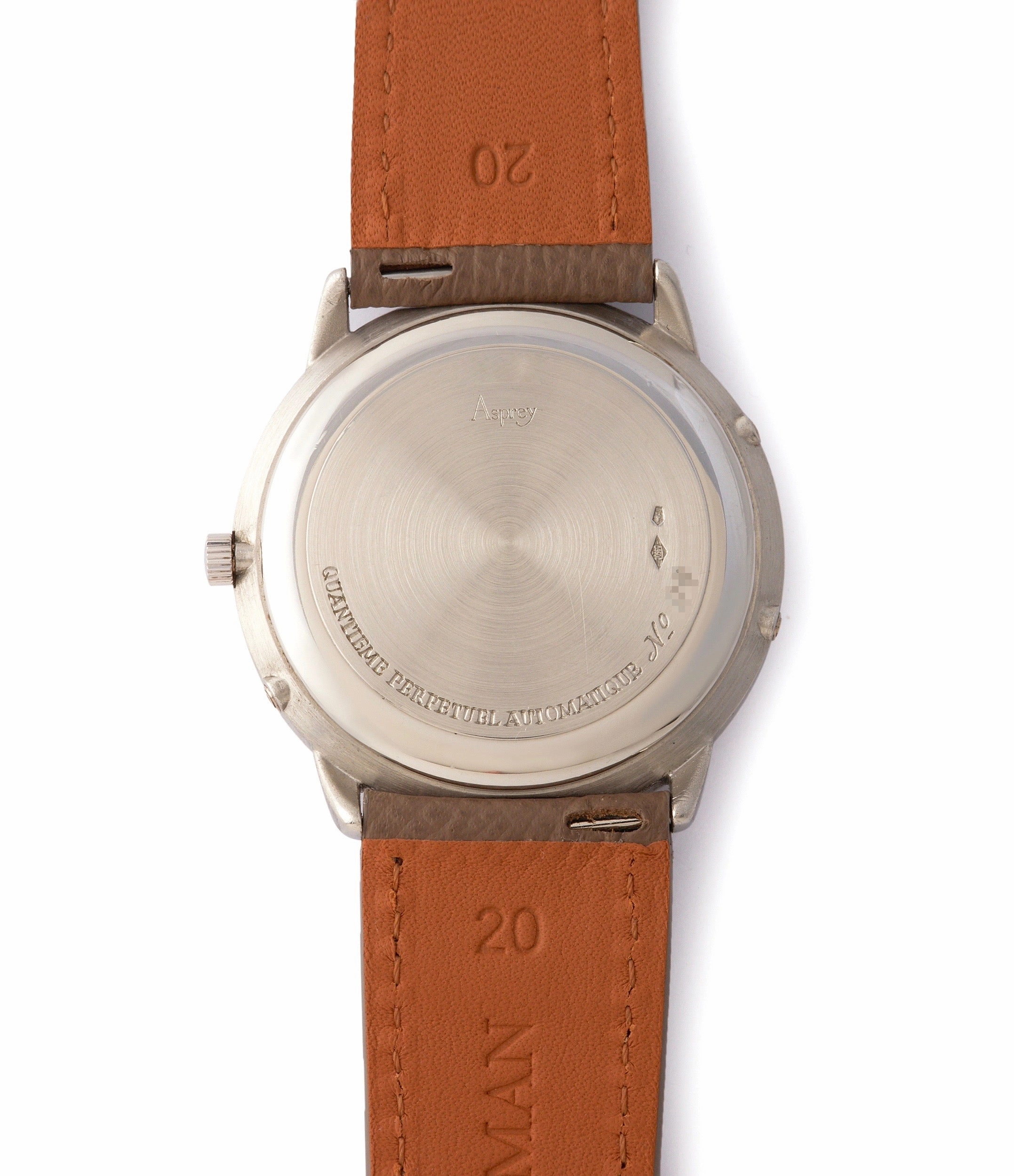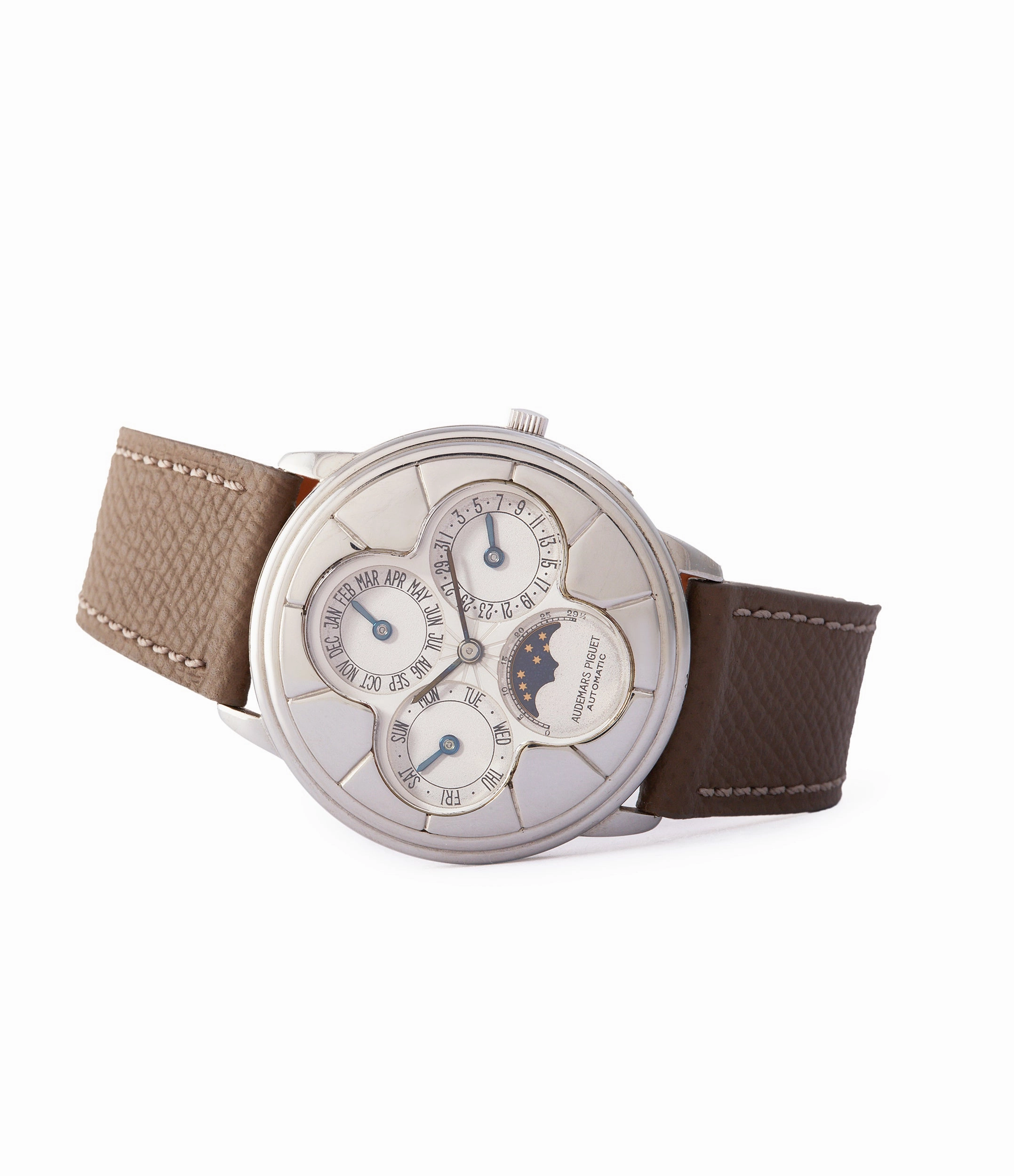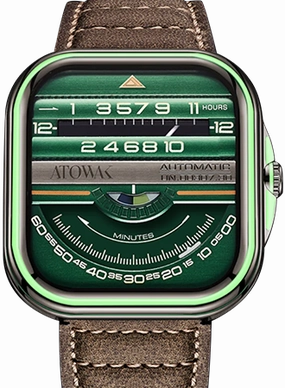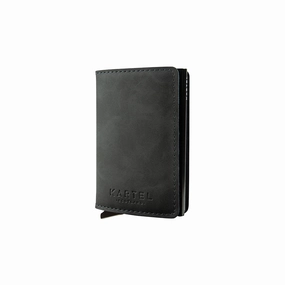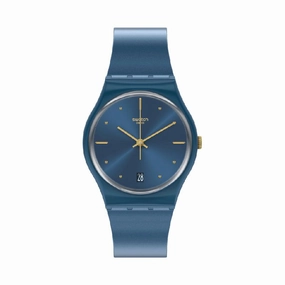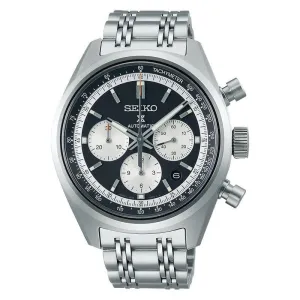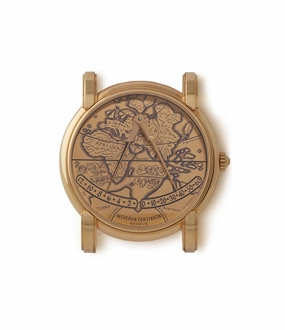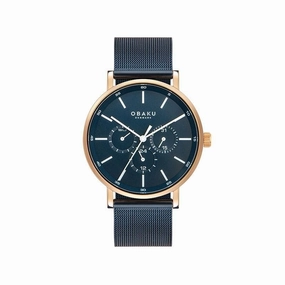One of only 13 pieces, this Quantime Perpetuel in platinum combines an unconventional design with Audemars Piguet's groundbreaking automatic perpetual calendar movement.Nicknamed theCloverorQuadrifoglioby collectors,it also bearsan Asprey signature on the caseback, as the retailer would originally have sold the piece.
The Quantime Perptuel
In the late 70s, complicated wristwatches were exceedingly rare. The Quartz Crisis had decimated the watchmaking industry, with the number of watchmakers in Switzerland having dropped from 1,600 to 600.Against all odds, three watchmakers at Audemars Piguet decided to develop the worlds thinnest automatic perpetual calendar movement. The project was , with the manufactures upper management completely unaware of what was going on. The watchmakers worked in their free time, often meeting at night to discuss their work.
In 1977, they surprised George Golay, the CEO of Audemars Piguet at the time, with the finished calibre. A risk taker whod already released the Royal Oak a few years prior, Golay was confident that the manufacture could successfully commercialise the automatic perpetual calendar. When it was launched in 1978, the Quantime Perpetuelwas the worlds thinnest automatic perpetual calendar. To put things in perspective, in 1984, only 1,066 perpetual calendars were produced in Switzerland. Of those, Audemars Piguet made 675.
Though the Royal Oak often gets credit for helping Audemars Piguet survive in the wake of the Quartz Crisis, evidence suggests the Quantime Perpetuel played a much greater role. According to the manufacture, 7,219 perpetual calendars were made over a fifteen year period, including some which were integrated into . A canvas to experiment with different designs, 70 different models were produced, with around 200 variations documented.
The Clover
Nicknamed the Clover or Quadrifoglio by collectors, on account of its shape similar to the four-leaf clover, the reference 25681 is one of the most distinctive executions of the Quantime Perpetuel. Between 1988 and 1991, only 123 examples were made, with 82 yellow gold, 28 in rose goldand 13 in platinum. All of them are individually numbered on the caseback, with this example being among the first five platinum pieces made. Very few of them have come to the open market, with number 2 currently sitting in .
Evidence suggests that all the platinum pieces were sold through Asprey in London, with all of themdisplaying the retailers name engraved on the caseback. Founded in 1781,has supplied a clientele of aristocrats, foreign heads of states and wealthy industrialists. In its glory days, from its New Bond Street address, the retailer was a destination for individuals of refinement and discernment, seeking articles of exclusive design and high quality. Asprey was a notable retailer ofPatek Philippe, Vacheron Constantin and Audemars Piguet, as well as being the official supplier ofRolexwatchesto .
The Design
This Audemars Piguet 25681PT builds on the Quantime Perpetuel design first sketched by Jacqueline Dimier, whois considered by some as the protg of the legendary . The case of the watch extends onto the top portion of the dial, with a clover-shaped sapphire crystal in the middle. A radiating pattern, which begins in the center of the dial, extends onto the case, creating clear divisions for the hours. At a time when case design was relatively conservative, this was a bold choice by Audemars Piguet.
The perpetual calendar indications are laid out in an intuitive manner. The date and day are shown at three and nine oclock respectively, with the months displayed at twelve oclock. A moonphase indication is placed at six oclock, with graduations for moon position just above. The Audemars Piguet font is flat and restrained, imbuing this piece with a certain vintage appeal. All the subdials are recessed and lightly textured, giving some further depth to the design, which creates some interesting effects when it interacts with the light. The stick hands, shorter than those usually found on these pieces, provide excellent legibility.
At 36mm in diameter and less than 8mm thick, this 25681PT sits comfortably on the wrist. On the reverse of the platinum case, the watch features circular graining, along with finely-engraved markings. It is numbered in the No. 0X format, with the Asprey signature sitting at the top, below the serial number.
The Movement
This Quantime Perpetuel Automatique is powered by the Caliber 2120/2, derived from Jaeger-LeCoultres legendary ultra-thin JLC 920movement. The Caliber 2120 was an initial project of Jaeger LeCoultre in 1967, funded and contributed by Audemars Piguet, and famous for its adoption by Audemars Piguet, Patek Philippe and Vacheron Constantin.
The ultra-thin automatic 2120/2 calibre features 38 working jewels, a Gyromax balance and four ruby wheels to support the full-diameter rotor, which runs on a beryllium rail for stability. The rotor is decorated with Geneva stripes and edged with 21-carat gold, to increase the oscillating mass. The movement remains the thinnest full-rotor self-winding movement in the world, considered by many as one of the most technically refined wrist-watch movements ever made.
Closer look
| Brand: | Audemars Piguet |
| Model: | QuantimePerpetuel Automatique25681PT |
| Movement: | Calibre 2120/2 |
| Functions: | moonphase, month, date, day, hours,minutes |
| Features: | clover-shaped case, Asprey signature |
| Case: | 36mm 950 platinum |
| Crystal: | sapphire |
| Strap: | taupe grained leatherstrap |
| Lug/buckle width: | |
| Year: | c. 1990 |
| Box & papers: | - |


